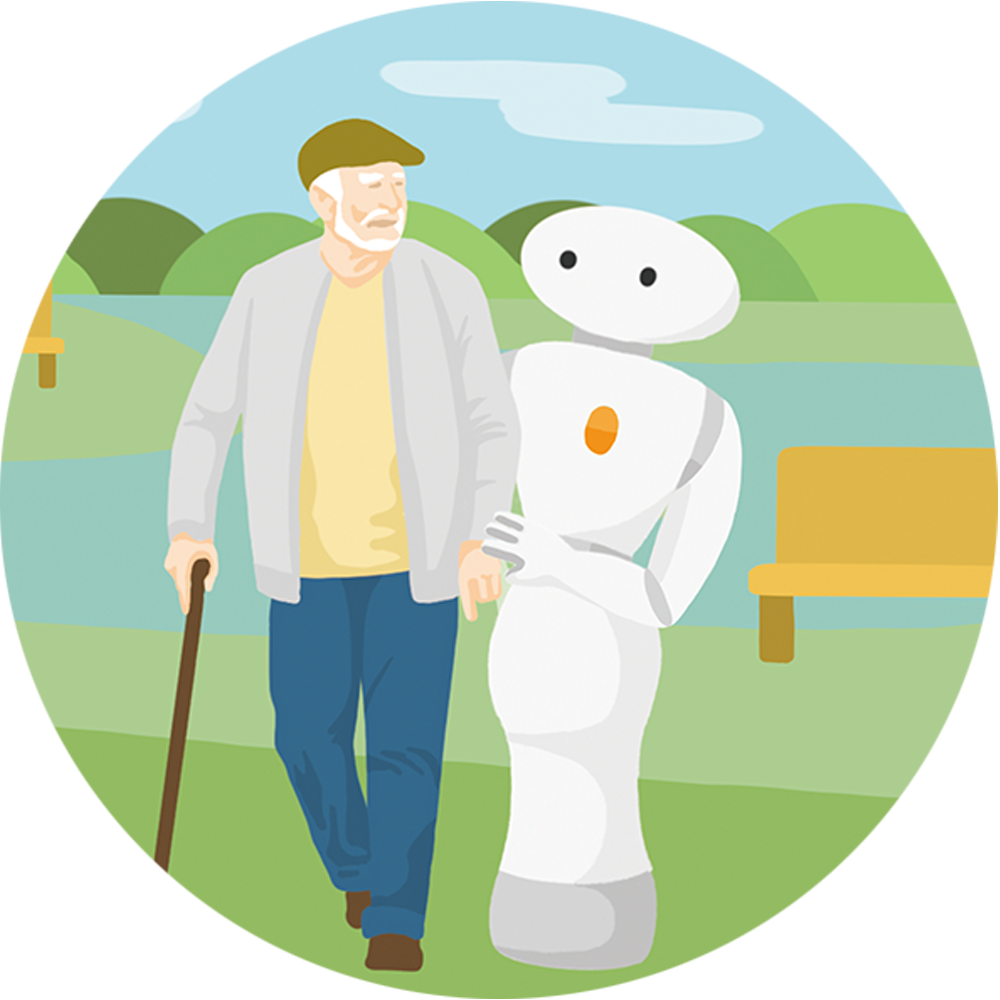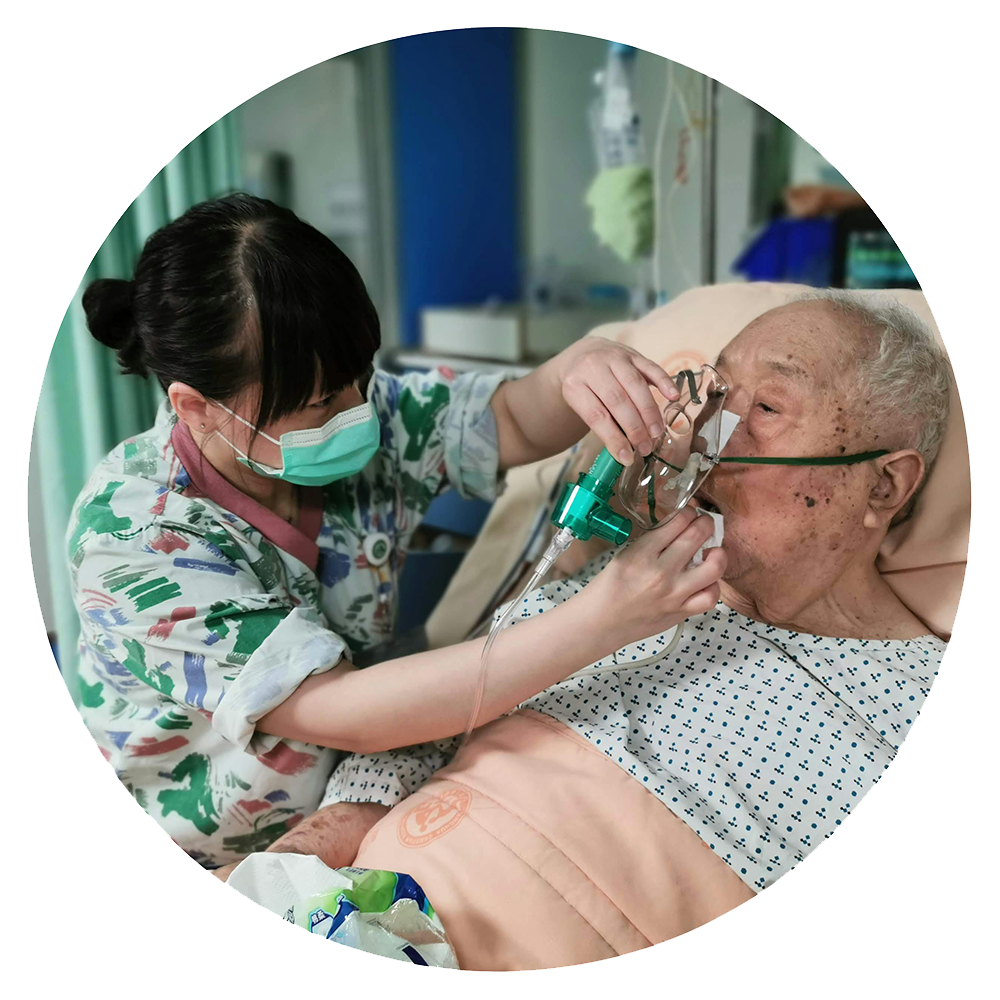Home > News Briefs – MARCH 2025
News Briefs – MARCH 2025
by INELDA
The World Needs More Palliative Care, Study Concludes
The need for palliative care has grown by 74% in the past three decades across the world, according to research recently published in The Lancet. While the growth is global, the countries with the largest rise are low- and middle-income nations, which represent 80% of people who have conditions calling for palliative care.
While population growth plays a role in the increased need, roughly half of the increase stems from a spike in diseases and conditions that require palliative care, as highlighted in reports of the study. Noncommunicable diseases in particular reflect this rise, with cancer, cardiovascular diseases, and dementia accounting for a large share of the increase in high-income countries. Lower-income countries continued to see HIV/AIDS contribute to the need for palliative care. COVID-19 led to a spike in the role of communicable disease necessitating palliative care; overall, though, communicable disease as a precursor to palliative care dwindled.
“[I]t is essential to ensure that health and care sectors strategically allocate health resources and mitigate suffering throughout the life course and across the illness-wellness continuum,” the study authors note.

Are Robots the Next Care Partners?
Japan leads the world in percentage of people ages 65 and over. It has also long been a leader in robotics. Today, these two distinctions are coming together in the emerging development of AI-driven robotic care for older people in Japan.
“Given our highly advanced aging society and declining births, we will be needing robots’ support for medical and elderly care, and in our daily lives,” Shigeki Sugano, a leading researcher in a humanoid robotics program known as AIREC, told Reuters.
The nation is facing a severe shortage of care workers for older people. Japan’s overall jobs-to-applicants ratio is 1.22—a figure that surges to 4.25 in the nursing sector. Robots have already helped fill some degree of need by providing entertainment, leading residents at care facilities in stretching exercises, and sensing sleep conditions to support human care workers.
The next phase, represented by robots such as those being developed at AIREC, could provide more direct care. The AIREC researcher says he does not expect humanoid robots to be placed in facilities until around 2030.
“If we have AI-equipped robots that can grasp each care receiver’s living conditions and personal traits, there may be a future for them to directly provide nursing care,” Takaki Ito, a care worker, told Reuters. “But I don’t think robots can understand everything about nursing care. Robots and humans working together to improve nursing care is a future I am hoping for.”
Takotsubo Syndrome: Death by Heartbreak
Romantics have long referred to dying of a broken heart. But in the past few decades, scientists have found the literal truth behind the phenomenon of sudden cardiac death after a devastating event: the rare but powerful takotsubo syndrome.
Most commonly found in postmenopausal women, takotsubo syndrome is not yet fully understood. Using imaging technology, researchers have detected that the hearts of people with takotsubo syndrome often display a left ventricle that has ballooned out, making it difficult for the heart to deliver blood effectively to the body. Researchers have various hypotheses about why the ballooning happens: a surge of stress hormones, a temporary “stunning” effect on the heart, or reduced estrogen, given the population most likely to exhibit the syndrome.
While sudden “heartbreak” such as the death of a spouse can trigger this effect, other forms of stress that aren’t as poetically evocative can play a role as well. Research published in Heart and Mind earlier this year shows that neurological events, infectious diseases including COVID-19, and environmental stressors such as high altitude can spur the condition.
While takotsubo can be fatal, with about 4% of those afflicted dying as a result, about 75% fully recover after 10 days.


